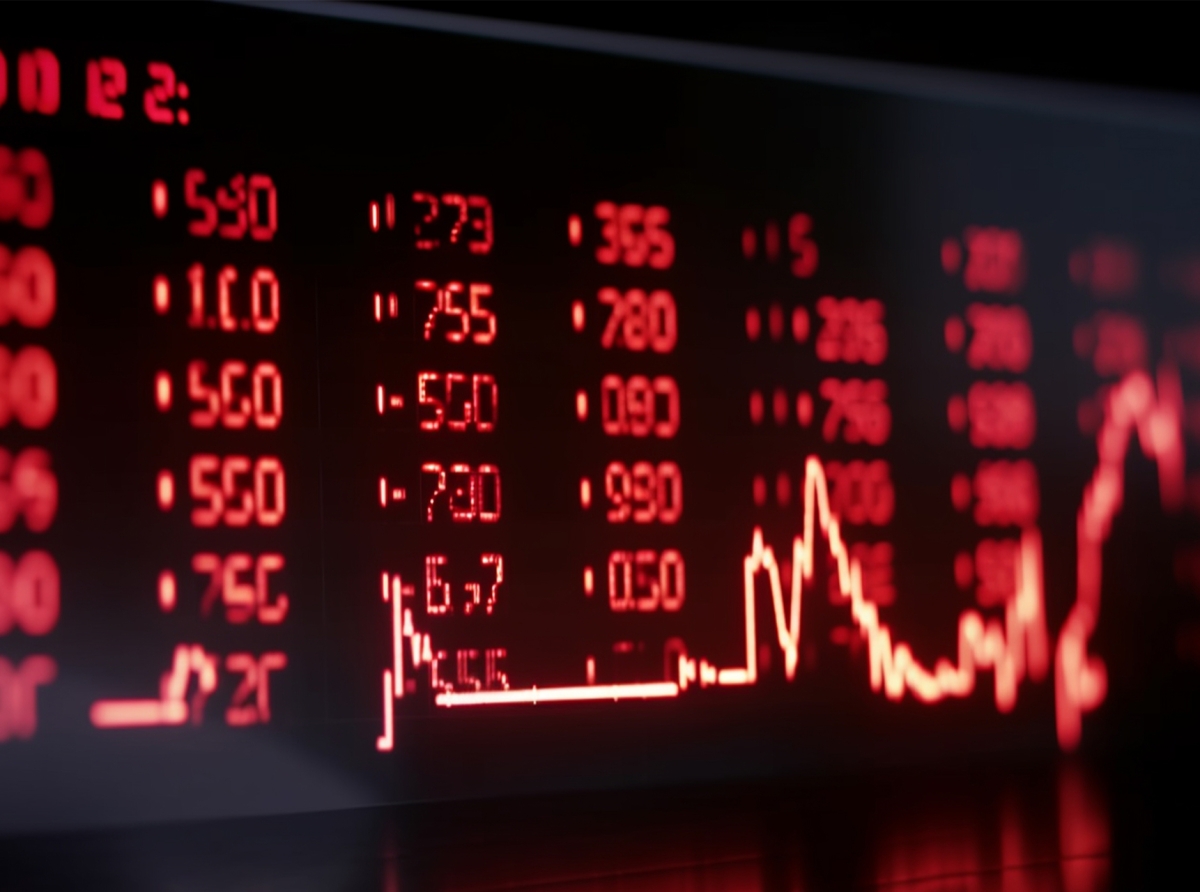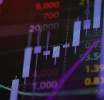
CFDs vs. Futures: Critical Differences Unveiled
In the complex world of financial markets, derivatives play a pivotal role.
They allow traders to speculate on the price movements of underlying assets without owning them.
Among the most popular derivatives are Contracts for Difference (CFDs) and Futures contracts.
Understanding these instruments is crucial for investors and traders aiming to diversify their portfolios, manage risks, and capitalize on market opportunities.
They allow traders to speculate on the price movements of underlying assets without owning them.
Among the most popular derivatives are Contracts for Difference (CFDs) and Futures contracts.
Understanding these instruments is crucial for investors and traders aiming to diversify their portfolios, manage risks, and capitalize on market opportunities.

CFDs vs. Futures: Critical Differences Unveiled
Nature and Definition
Contracts for Difference (CFDs) are financial instruments that allow traders to speculate on the price movement of an asset, such as stocks, commodities, or forex pairs, without actually owning the underlying asset. When trading CFDs, participants enter into an agreement with a broker to exchange the difference in the value of an asset between the time the contract is opened and closed.
Futures contracts, on the other hand, are standardized agreements to buy or sell a specific quantity of an asset at a predetermined price at a future date. These contracts are traded on regulated exchanges and cover various underlying assets such as commodities (e.g., oil, gold), indices, and even cryptocurrencies.
Trading Mechanisms
Trading CFDs involves opening a position with a broker by paying an initial margin. The trader can choose to go long (buy) if they anticipate that the price of the underlying asset will rise or go short (sell) if they expect it to fall. The position can be closed at any time by executing an opposite trade with the broker.
In contrast, Futures trading requires participants to enter into contracts through exchanges such as CME or ICE. Traders must deposit an initial margin with their clearinghouse and maintain a minimum margin level throughout the contract’s life. Futures contracts have specific expiry dates, at which point they must be settled either by physical delivery of the asset or by cash settlement.
Risk, Leverage, and Costs
Risk Factors: Both CFDs and futures carry significant risks due to their leveraged nature. Leverage amplifies both potential gains and losses. However, since CFDs are OTC products traded directly with brokers, counterparty risk is more pronounced compared to futures traded on regulated exchanges.
Leverage: CFDs typically offer higher leverage than futures contracts. This means that CFD traders can control larger positions with smaller amounts of capital. However, higher leverage also increases exposure to market volatility and potential losses.
Cost Implications: Trading costs vary between CFDs and futures:
CFD Costs: Include spreads (the difference between buy/sell prices), overnight financing charges for holding positions overnight, and sometimes commissions.
Futures Costs: Comprise exchange fees, broker commissions per contract traded, and potentially lower spreads compared to CFDs due to centralized exchange trading.
Suitability and Use Cases
The suitability of CFDs or futures depends largely on an investor’s trading objectives:
Short-term Speculation: CFDs are more flexible due to their ease of entry/exit without fixed expiry dates.
Hedging Strategies: Futures are often preferred by institutional players like farmers or manufacturers who need to lock in prices for future delivery.
Capital Efficiency: CFD traders benefit from higher leverage but must manage increased risk carefully.
Regulatory Environment: Futures benefit from being traded on regulated exchanges providing greater transparency and reduced counterparty risk.
In conclusion, while both CFDs and futures offer unique advantages for different trading styles and objectives, understanding their critical differences is essential for optimizing trading strategies according to individual risk tolerance levels and market conditions.
Trading, Derivatives, Investment, Finance, Risk Management
TURNKEY BUSINESS
SPECIAL PRICE
* UNTIL STOCK RUNS OUT









Report
My comments